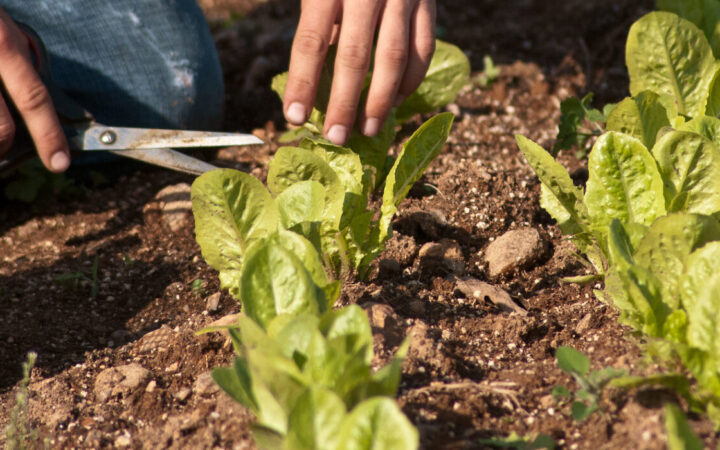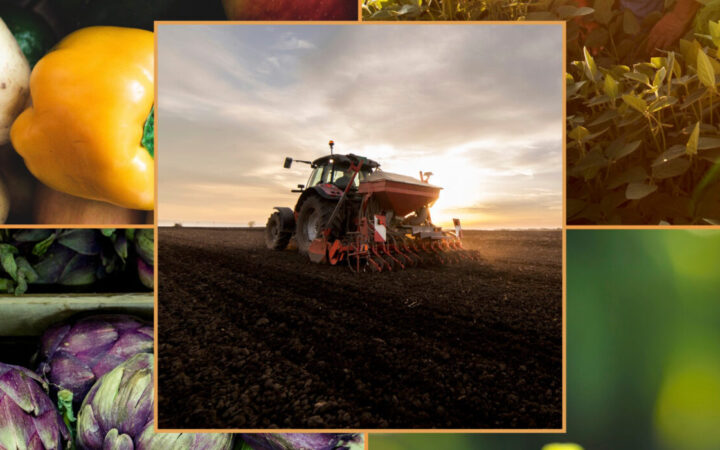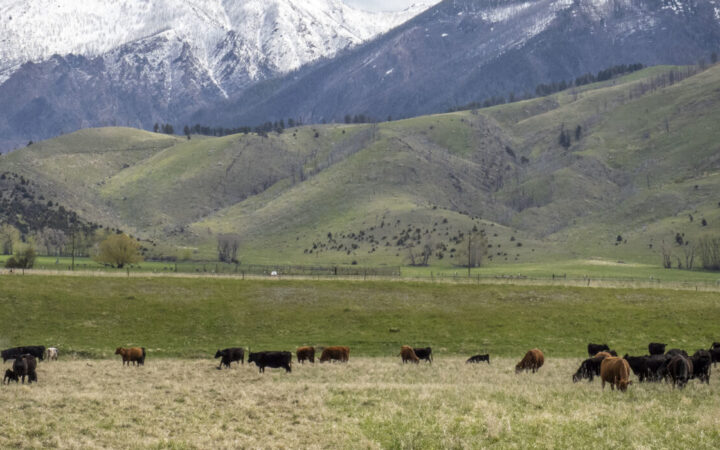This issue brief summarizes existing efforts to protect pollinators through federal, state, and local policies. It explores strategies to improve land-use tools, interventions that can promote pollinator populations, and options for additional policy innovations to support pollinator health.
Introduction
In recent years, the significance of pollinators to our agricultural system has become increasingly clear. Pollinators are integral to agricultural production, and increasing declines in their populations could have catastrophic effects. According to one study, flying insects were essential for pollinating 87 of the world’s major food crops, including most fruits, coffee, squash, and cacao—the indispensable ingredient in chocolate. Beyond their importance to agriculture, pollinators play key roles in protecting ecosystem health and, in turn, human health.
The more humanity comes to understand the role of pollinators in preserving our way of life, the more it becomes clear that our current mode of existence is incompatible with a healthy pollinator population. Ongoing environmental challenges to pollinator populations6 include the impacts of habitat loss on insect biodiversity and the omnipresent effects of climate change, which are partially responsible for colony collapse disorder in bee colonies. Acknowledging these developments has led some lawmakers to focus on legislative strategies that promote population health. Despite this recognition, however, the pollinator crisis has often failed to receive sufficient media (or policy) attention.
To examine how policy can influence pollinator health, this paper first provides background information on pollinators and the environmental challenges they face before summarizing existing efforts to protect pollinators through federal, state, and local policies. It explores ways that these land-use tools and interventions could be improved to promote pollinator populations, as well as options for additional policy innovations to support pollinator health.
Acknowledgements
The views expressed in this white paper are solely those of the authors. The authors would like to thank Laurie J. Beyranevand, Whitney Shields, and the Vermont Law and Graduate School’s Center for Agriculture and Food Systems team for their careful review and commentary on this white paper. This project was funded by a grant from the USDA National Agricultural Library to the Vermont Law and Graduate School’s Center for Agriculture and Food Systems.
Suggested Citation
Jess Phelps & Logan Keen, Vt. L. & Grad. Sch. Ctr. for Agric. and Food Sys., Land-Use Tools to Protect Pollinators: Current Approaches and Potential Policy Pathways (2024), https://www.vermontlaw.edu/sites/default/files/2024-03/land-use-tools-to-protect-pollinators.pdf.




